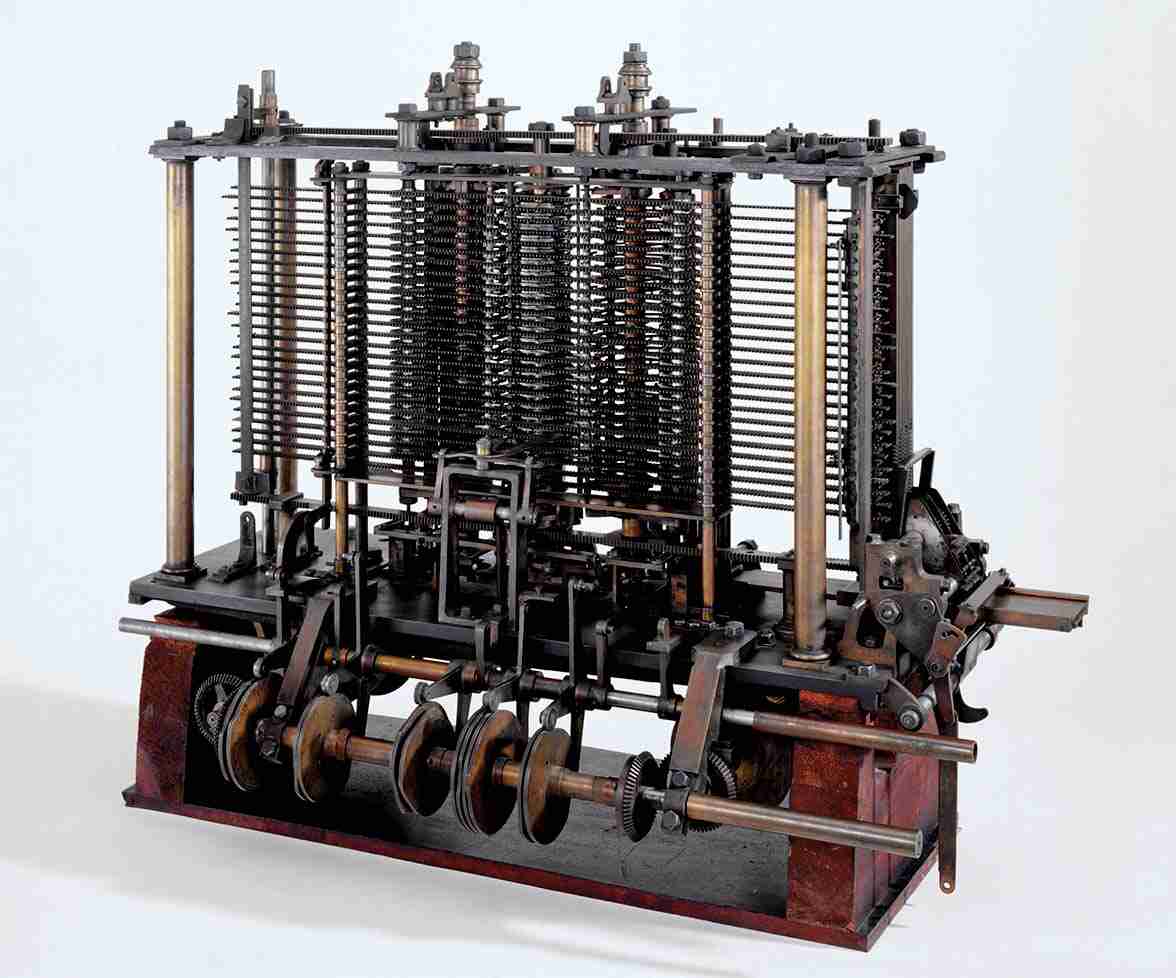Babbage’s Analytical Engine - 1833
- Mechanical, digital, general-purpose
- Was crank-driven
- Could store instructions
- Could perform mathematical calculations
- Had the ability to print
- Could punched cards as permanent memory
- Invented by Joseph-Marie Jacquard
Turing Machine – 1936
Introduced by Alan Turing in 1936, Turing machines are one of the key abstractions used in modern computability theory, the study of what computers can and cannot do. A Turing machine is a particularly simple kind of computer, one whose operations are limited to reading and writing symbols on a tape, or moving along the tape to the left or right. The tape is marked off into squares, each of which can be filled with at most one symbol. At any given point in its operation, the Turing machine can only read or write on one of these squares, the square located directly below its "read/write" headThe " Turing test "
A test proposed to determine if a computer has the ability to think. In 1950, Alan Turing (Turing, 1950) proposed a method for determining if machines can think. This method is known as The Turing Test.The test is conducted with two people and a machine. One person plays the role of an interrogator and is in a separate room from the machine and the other person. The interrogator only knows the person and machine as A and B. The interrogator does not know which the person is and which the machine is.
Using a teletype, the interrogator, can ask A and B any question he/she wishes. The aim of the interrogator is to determine which the person is and which the machine is.
The aim of the machine is to fool the interrogator into thinking that it is a person. If the machine succeeds then we can conclude that machines can think.

0 komentar:
Please do not enter any spam link in comment box